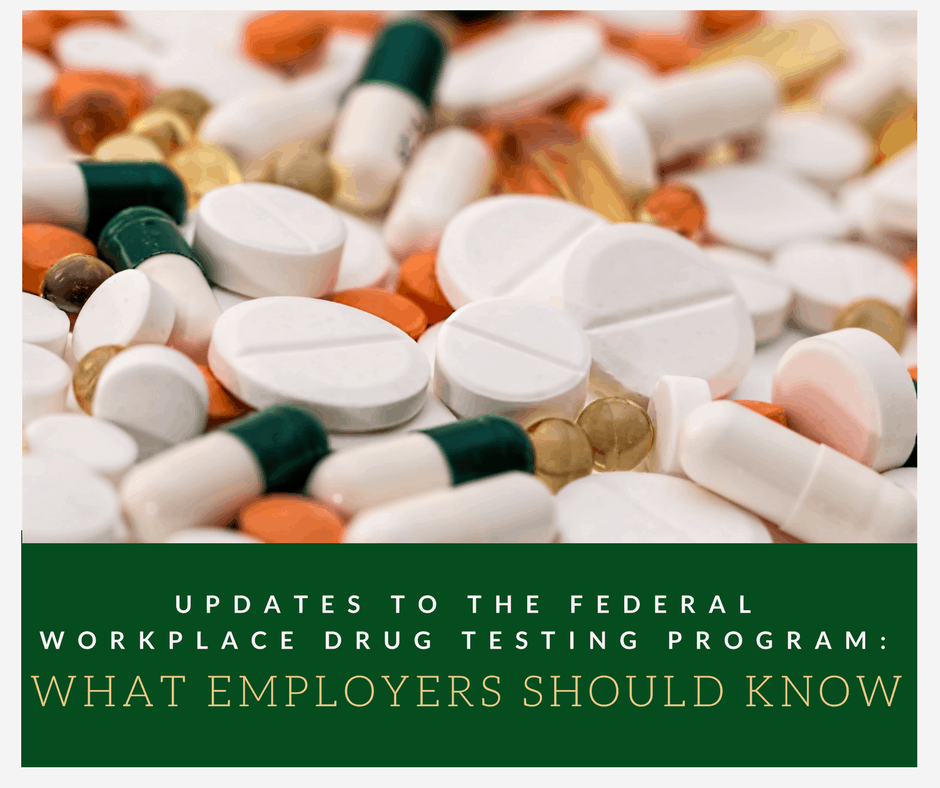Updates to the Federal Workplace Drug Testing Program: What Employers Should Know

If your company conducts drug testing on its employees, you likely are already familiar with some of the regulations surrounding such monitoring. Just as important as ensuring your workforce is not impaired and is suited to work is following the legal procedure for conducting drug testing.
Keeping up with changes to these regulations can be difficult, however. New aspects of federal drug testing guidelines went live late in 2017. Has your business or background check and drug testing provider updated its procedure? Read on to learn more about recent changes to the Federal Workplace Drug Testing Program guidelines and how they might impact your business.
Some basic changes include:
- Federal urine workplace drug testing now includes several schedule II drugs, including hydrocodone, hydromorphone, oxycodone, and oxymorphone.
- 3,4-Methylenedioxy-N-ethylamphetamine, or MDEA, has been removed from confirmatory testing.
- The lower pH cut-off level has been raised from 3 to 4 to identify an adulterated specimen.
- Medical review officers (MROs) can now recommend the collection of an oral fluid specimen in certain situations, as permitted by agency policy.
In addition, the Office of Management and Budget approved the revised federal custody and control form, linking the new changes to the accompanying paperwork. Though the impact of these revisions is a bit complicated and your drug testing company should already be aware, here are a few basics you should know.
- The changes only apply to testing classified as federal employee testing. If your company performs oral fluid, hair, instant, or non-DOT urine drug testing, these changes do not apply to your program.
- In November 2017, the DOT made changes one and two above to better correspond with the Health and Human Services guidelines.
- The old forms, approved in August 2017, can be used until June 2018.
Having a reliable background check company by your side to manage drug testing, whether on its own or through a third party, is extremely valuable. Your company likely doesn’t have the time to monitor legal changes like those outlined above, or keep track of constantly evolving forms. In many cases, companies who provide drug testing use electronic custody and control forms to better track the authorization and testing process.
Alliance Risk Group partners with laboratories and drug testing companies that know how to stay up-to-date with evolving guidelines and ensure the testing process is legal and quick for your potential hires. Contact us today to learn more about our testing options in your area.
Are you interested in learning more about background investigations? Schedule a no-cost webinar to see if our services might be right for you!
Still new to the idea of background investigations? Browse our library of blog posts and whitepapers to gain a better understanding of the value background investigations could have for your organization.
